Buying Guide for the Best Fish Finders for Kayak
Choosing the right fish finder for your kayak can significantly enhance your fishing experience. A fish finder helps you locate fish underwater by using sonar technology, making it easier to find the best spots to cast your line. When selecting a fish finder, it's important to consider several key specifications to ensure you get a device that meets your needs and fits well with your kayak setup.Display SizeThe display size of a fish finder refers to the size of the screen where you view the sonar readings and other information. This spec is important because a larger screen can make it easier to see details and read the display, especially in bright sunlight. Display sizes typically range from 3 inches to 9 inches or more. For kayak fishing, a smaller display (3-5 inches) is often sufficient and more practical due to limited space. However, if you have a larger kayak or need more detailed visuals, a medium-sized display (5-7 inches) might be a better fit.
Sonar TypeSonar type refers to the technology used by the fish finder to detect fish and underwater structures. The most common types are traditional 2D sonar, Down Imaging, and Side Imaging. Traditional 2D sonar provides basic depth and fish location information and is suitable for most casual anglers. Down Imaging offers more detailed images of the water column directly below your kayak, which is useful for identifying structures and fish. Side Imaging scans the water to the sides of your kayak, providing a broader view of the underwater environment. For kayak fishing, traditional 2D sonar or Down Imaging is usually sufficient, but if you want a more comprehensive view, consider a model with Side Imaging.
GPS CapabilityGPS capability in a fish finder allows you to mark waypoints, track your route, and navigate to specific locations. This spec is important for anglers who fish in larger bodies of water or unfamiliar areas, as it helps you return to productive spots and avoid getting lost. Fish finders with GPS can range from basic models that only mark waypoints to advanced units with detailed maps and navigation features. If you often fish in new locations or need to keep track of your favorite spots, a fish finder with GPS capability is a valuable feature.
Transducer TypeThe transducer is the part of the fish finder that sends and receives sonar signals. The type of transducer affects the accuracy and detail of the readings. Common transducer types include single frequency, dual frequency, and CHIRP (Compressed High-Intensity Radiated Pulse). Single frequency transducers are basic and suitable for shallow waters. Dual frequency transducers offer better performance in both shallow and deeper waters. CHIRP transducers provide the most detailed and accurate readings by using a range of frequencies. For kayak fishing, a dual frequency or CHIRP transducer is recommended for versatility and better performance in various water conditions.
Power SourceThe power source of a fish finder determines how it is powered and how long it can operate. Most fish finders for kayaks are powered by rechargeable batteries or AA batteries. This spec is important because it affects the convenience and duration of your fishing trips. Rechargeable batteries are more cost-effective in the long run and can provide longer usage times, but they require access to a power source for recharging. AA batteries are convenient for short trips and easy to replace but can become costly over time. Consider your typical fishing duration and access to power sources when choosing the power option that best suits your needs.
Mounting OptionsMounting options refer to how the fish finder and its transducer are attached to your kayak. This spec is important for ensuring a secure and convenient setup. Common mounting options include suction cup mounts, transom mounts, and scupper hole mounts. Suction cup mounts are easy to install and remove, making them ideal for temporary setups. Transom mounts provide a more permanent solution but may require drilling holes in your kayak. Scupper hole mounts are designed specifically for kayaks with scupper holes and offer a secure and streamlined installation. Choose a mounting option that fits your kayak's design and your preference for ease of installation and removal.
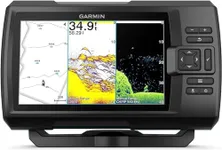

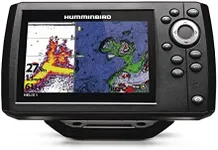

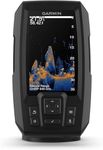

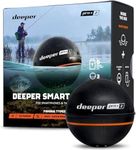
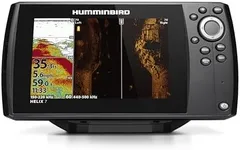
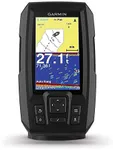

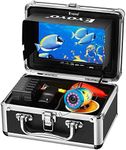

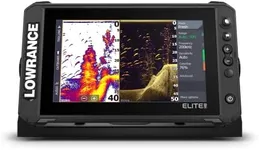
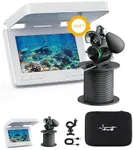
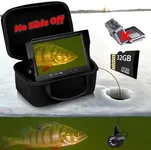
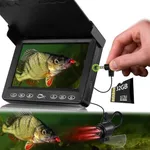
![[FishPRO® 2025 Upgrade] 4.5'' True HD 1080P Underwater Fishing Camera w/DVR-32GB, (NO Need Learn) Ice Fishing Camera Underwater, Ice Fish Finder Camera - w/ 5,000mAh & USB-C, IR+LED, 20m/66ft](https://images-proxy.bestreviews.guide/4G9-qKn8vG_Ghloj8iQKuMikCNM=/0x150/https://m.media-amazon.com/images/I/51BAH60l9ML._AC_CX679_.jpg)



